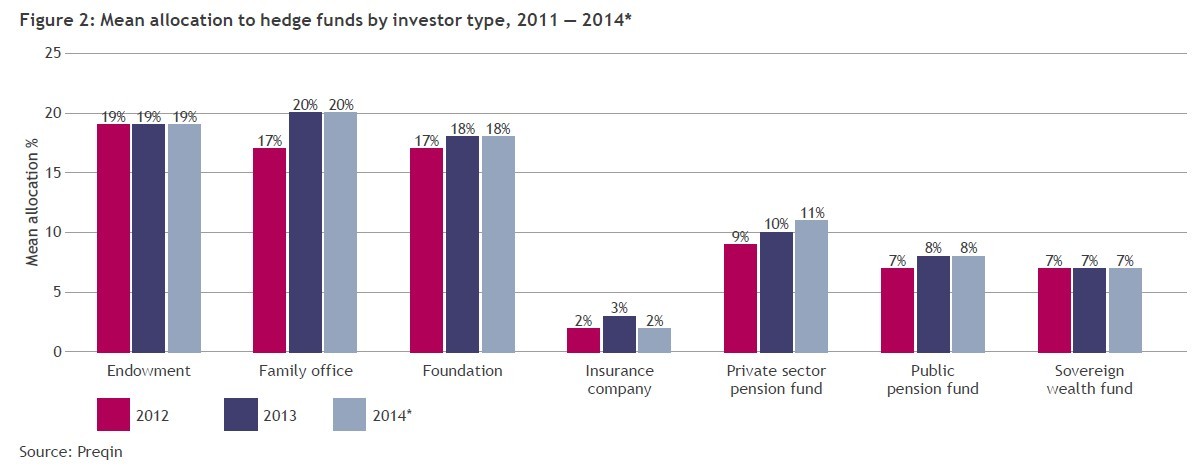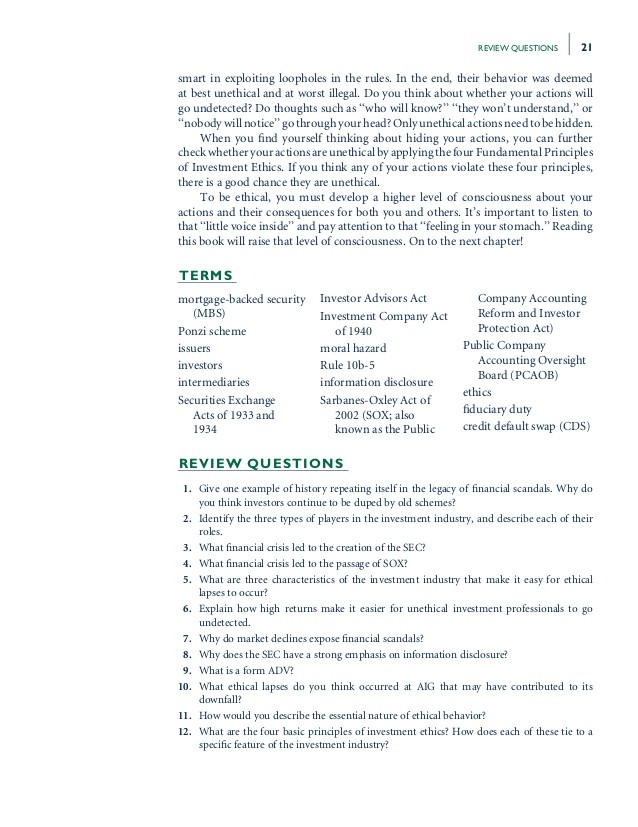3 Things Investors Can Learn from Traders_2
Post on: 28 Март, 2015 No Comment

3 Things Investors Can Learn from Traders
My background is in the interbank Foreign Exchange market. I gained many things from my twenty years in that market. Some were specific to that job, such as an ability to shout very loud and wave my arms around, and an extensive knowledge of every swear word known to man. Some were transferrable to other walks of life; I’m sure that the capacity for alcohol that I developed helped me in later ventures into the wine business, for example. Most of what I was taught, though, concerned traders and trading styles; knowledge that you would think would be of limited practical use in the real world. A short time dealing with the investing public as a Financial Advisor taught me otherwise. I came to realize that much of the attitude with which paid traders approach the market, and some of the techniques they use every day, are applicable to investors too. While trading and investing require different mind sets for success, these three things that traders do can make you a better investor.
- Focus On Exit Points, Not Entry Points:
When considering a trade, we were taught that what mattered was not where and why you got in, but where and why you intended to get out. Nothing was done without clearly defined parameters; a target level at which a profit would be taken and a stop-loss level at which the bleeding would be staunched. For an investor, profit targets become more like re-assessment levels. It doesn’t make sense to automatically sell a stock that is up 40%, but it may be a good time to review the fundamentals and make sure that the initial case for investing is still valid. I have heard investors who decry the use of stop-losses, maintaining that they have no place in a long term buyer’s toolbox. My guess is that these are the people who still have Lehman preferreds and Eastman Kodak stock in their accounts. At some point, you have to accept that the market is right and you are wrong. Identifying that point before you invest makes it easier to stick to it when the time comes; it is then part of a plan, not an admission of defeat, which leads us to point 2.
We were taught that an unwavering belief in your ideas was desirable for religious leaders, but disastrous for traders. Our beliefs were more like a politician’s, fully fungible and subject to change based on the prevailing opinion. It may be that all of the fundamental drivers are in place for the Euro to appreciate and technical signals indicating a move up abound, but if there are more sellers than buyers, it’s still going down. This is a lesson that investors in individual stock seem to find particularly hard to absorb. There are still plenty of people who bought Apple (AAPL ) stock in the high 600s and failed to sell as the price dropped. The problem they have is that they are clinging to their original rationale for buying; AAPL is a phenomenal growth story that can do no wrong in the eyes of the market. There may be some truth to that, but with no more Steve Jobs and no groundbreaking innovations on the horizon, the stock started to look overbought and the selling began. Usually, when the market sends you a message it pays to listen. If you do cut for a loss, then you need to pay attention to point 3.

Floor traders and paid traders of any kind do not usually have the luxury of dwelling on a loss; there just isn’t time. In the interbank spot FX market, small losses that averted disaster are often celebrated. Walk into a City pub frequented by Forex types and the chances are that you will hear as much bragging about good cuts as good profits. This attitude is often absent in retail investors. They hate to take a loss. To them I would say this. Using the AAPL example above, if you had bought the stock at $685 and then sold at $600 on the way down, would you be bemoaning the loss of $85 per share, or glad that you no longer had to worry about it? I know what I would feel. If you sold and are still an AAPL fan you can always buy again at current levels, but if you still own it at $685 you are stuck looking for a miracle. Investing involves risk and sometimes there will be losses. If you stick to points 1 and 2 these losses will be manageable. You have to forget them and move on. If you can’t do that then there are plenty of mattresses for sale under which you can stash your cash.
Retail investors have an understandable tendency to see professional, paid traders as the enemy. They see the markets as a zero sum game and are upset that they pay the often outrageous salaries of Wall Street types with their hard earned money. If you feel this way, then follow the advice of Sun Tzu and know your enemy. Adopting these three simple rules won’t put you on a level footing with them, but it could well make you a better investor.
The views and opinions expressed herein are the views and opinions of the author and do not necessarily reflect those of The NASDAQ OMX Group, Inc.














